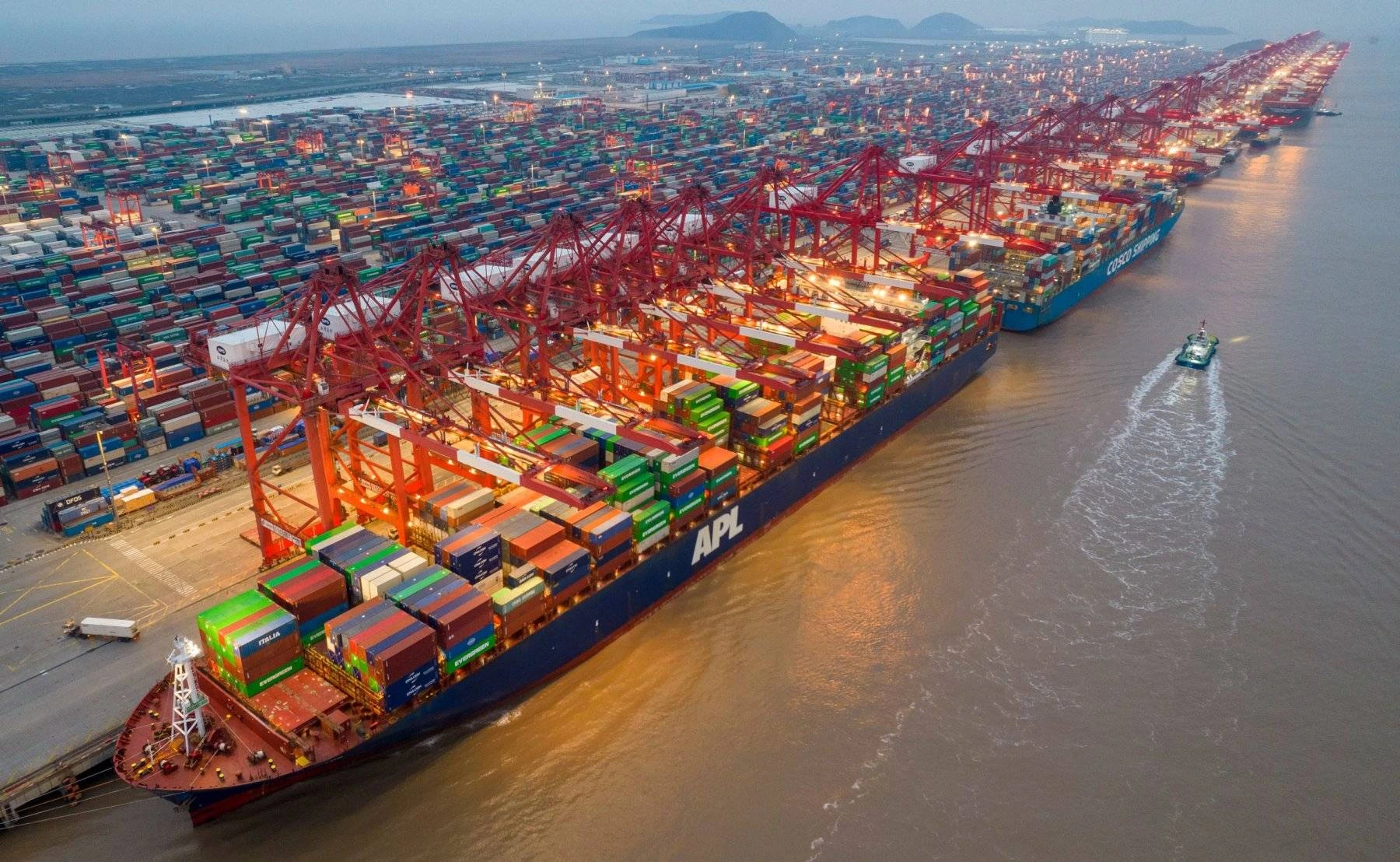Chaos Theory, with its fundamental principle of the “butterfly effect,”...
Read MoreTable of Contents
Top Challenges When Chinese SMEs Export to Brazil
This guide highlights the key obstacles and how to overcome them for a successful market entry.
Brazil, with its massive consumer base and growing economy, presents exciting opportunities for Chinese SMEs looking to expand globally. Thanks to strong China-Brazil trade relations, bilateral trade reached $157 billion in 2023, making Brazil China’s largest trading partner in Latin America.
However, exporting to Brazil comes with unique challenges—complex regulations, high tariffs, and cultural differences can create hurdles for Chinese companies in the Brazilian market. This guide highlights the key obstacles and how to overcome them for a successful market entry.

Why Should Chinese SMEs Export to Brazil?
Brazil is a strategic market for Chinese businesses due to:
- Growing Demand for Chinese Products (Electronics, machinery, and consumer goods)
- Strong Economic Cooperation (Infrastructure, energy, and agriculture investments)
- Favorable Trade Agreements (Brazil is part of BRICS and open to Chinese imports)
Key sectors for Chinese investment in Brazil include:
– Electronics & Tech (Smartphones, components, and IoT devices)
– Infrastructure & Construction (Highways, ports, and energy projects)
– Agriculture & Food Trade (Soybeans, meat, and fertilizers dominate exports)
But before entering, Chinese exporters must navigate Brazil’s complex business environment.
Top 5 Challenges for Chinese SMEs Exporting to Brazil
- Strict Import Regulations & Bureaucracy
Brazil has one of the most complex customs systems in the world. Key hurdles include:
- ANVISA Approval (Required for electronics, medical devices, and food)
- INMETRO Certification (Mandatory for electrical products, toys, and automotive parts)
- Slow Customs Clearance (Delays of 30+ days are common without proper documentation)
Many Chinese SMEs in Brazil hire local compliance experts to avoid shipment seizures.
- High Import Taxes & Costs
Brazil imposes heavy tariffs on foreign goods:
- Import Tax (II) – Up to 35% depending on the product
- Industrialized Products Tax (IPI) – Additional 10-15% for manufactured goods
- State Tax (ICMS) – Varies by state (typically 17-19%)
This makes Chinese products more expensive, reducing competitiveness. Some companies set up local assembly plants to lower costs.
- Complex Brazil Import Process
The China-Brazil import process involves:
- Registering with SISCOMEX (Brazil’s foreign trade system)
- Providing commercial invoices, bills of lading, and certificates of origin
- Complying with local labeling requirements (Portuguese translations mandatory)
Mistakes lead to fines or shipment rejections—working with a Brazilian logistics partner is crucial.
- Competition & Market Adaptation
Brazilian consumers have strong brand loyalty, and local competitors dominate sectors like:
- Electronics (Samsung, LG, and Motorola lead the market)
- Home Appliances (Brazilian brands like Brastemp are well-established)
Chinese electronics in Brazil must adapt by:
- Offering competitive pricing & warranties
- Ensuring Portuguese-language customer support
- Partnering with local distributors for better market penetration
- Logistics & Payment Risks
- Long Shipping Times (30-50 days from China to Brazil)
- Port Congestion (Santos Port handles 40% of Brazil’s imports but faces delays)
- Payment Security (Some Brazilian buyers prefer long credit terms)
Using secure payment methods (LCs or Escrow) and trusted freight forwarders minimizes risks.
How Chinese SMEs Can Succeed in Brazil
Despite challenges, many Chinese companies thrive in Brazil by:
✔ Partnering with Local Distributors – Faster market access & regulatory compliance
✔ Setting Up a Local Entity – Reduces taxes and improves customer trust
✔ Hiring Trade Consultants – Experts handle ANVISA, INMETRO, and customs clearance
✔ Focusing on High-Demand Sectors – Electronics, renewable energy, and machinery
Final Thoughts
Brazil offers huge potential for Chinese SMEs, but success requires careful planning. Understanding China-Brazil economic cooperation, import rules, and local competition is key.
Are you a Chinese exporter looking to enter Brazil? Professional guidance can help you avoid costly mistakes and establish a strong presence in Latin America’s largest market. Start your journey today!
If Brazil is on your radar, let’s talk. We’d love to be your bridge to Latin America.
Feel free to send us an email or schedule a quick chat here:
Share With Your Network
How to Start a Business
Brazil is full of opportunity — but bureaucracy can be...
Read MoreWhy Your Business Needs a
A temporary fiscal address is an officially registered location that...
Read MoreHow Chinese SMEs Can Benefit
The China-Brazil currency swap agreement offers a strategic advantage for...
Read More




